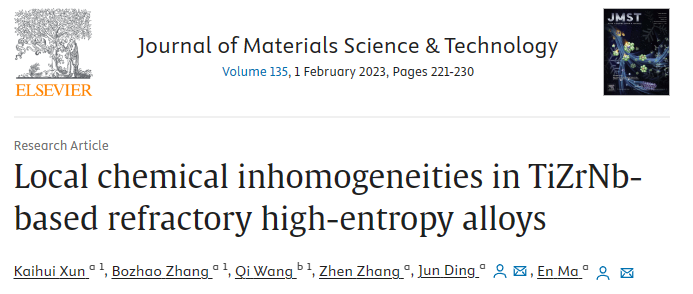
Multi-principal element solid solutions are prone to develop local chemical inhomogeneities, i.e., chemical order/clustering and/or compositional undulation. However, these structural details from short-range (first couple of nearest-neighbor atomic shells) to nanometer length scale are very challenging to resolve in both experimental characterization and computer simulations. For instance, Monte Carlo modeling based on density-functional-theory calculations is severely limited by the sample size and the simulation steps practical in the simulations. Adopting the cluster expansion approach, here we systematically reveal the local chemical inhomogeneity, including chemical order and compositional fluctuation, in three representative equiatomic TiZrNb-based body-centered cubic refractory high-entropy alloys (HEAs): TiZrNb, TiZrHfNb and TiZrHfNbTa. Ti-Zr pairs are found to exhibit the highest degree of chemical preference among all atomic pairs. Such chemical short-range order (CSRO) induces an accompanying compositional undulation, both extending to characteristic dimensions of the order of one nanometer. The chemical inhomogeneity trend uncovered for this series of TiZrNb-based HEAs is expected to impact their mechanical properties; e.g., incorporating the CSRO effects in a current model significantly improves its agreement with experimental measured yield strength.
Link:https://www.sciencedirect.com/science/article/pii/S1005030222006090